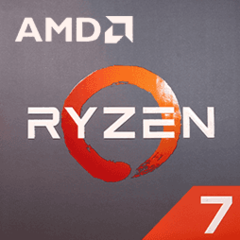-
Topics
-
1
-
SashaSanguine ·
Posted in Troubleshooting0 -
Artur Hawkwing ·
Posted in Storage Devices3 -
SashaSanguine ·
Posted in Troubleshooting0 -
NekoTheKatze ·
Posted in Troubleshooting1 -
2
-
Jay Gee ·
Posted in Troubleshooting2 -
joe_ollie909 ·
Posted in Cooling1 -
Toasted Waffles ·
Posted in Networking0 -
8
-
















Create an account or sign in to comment
You need to be a member in order to leave a comment
Create an account
Sign up for a new account in our community. It's easy!
Register a new accountSign in
Already have an account? Sign in here.
Sign In Now